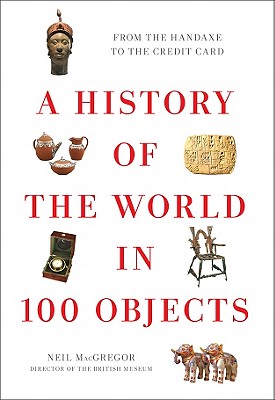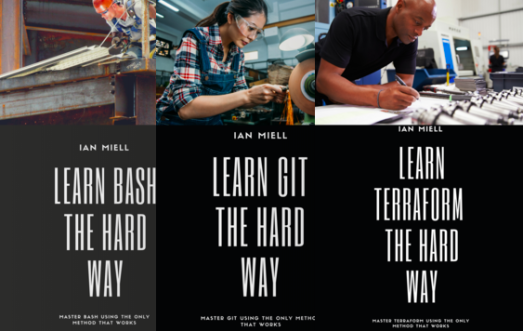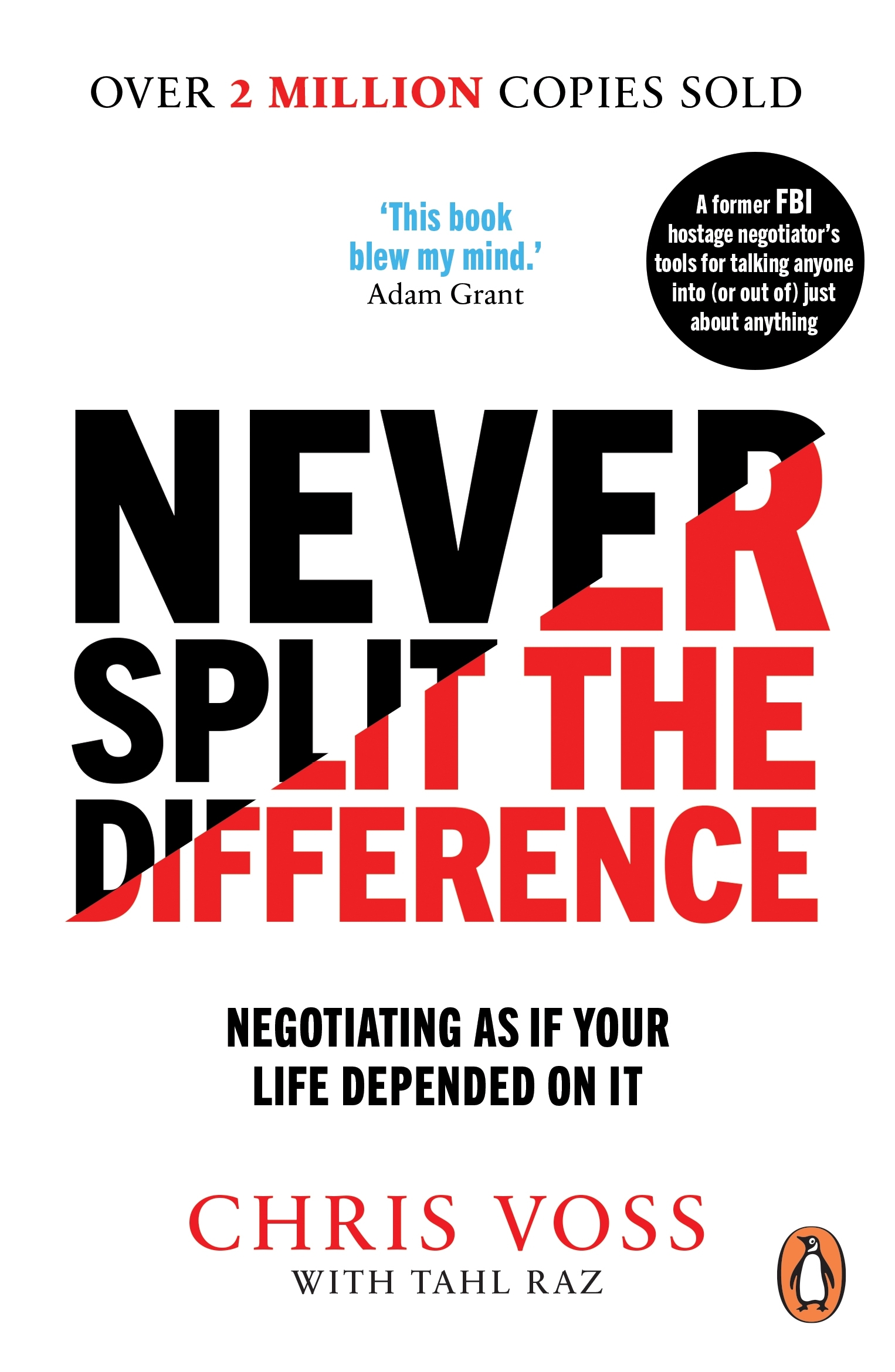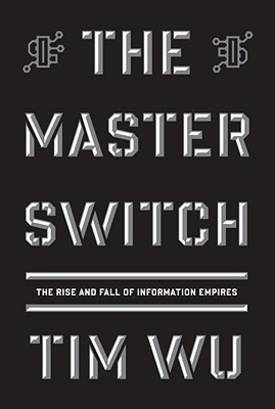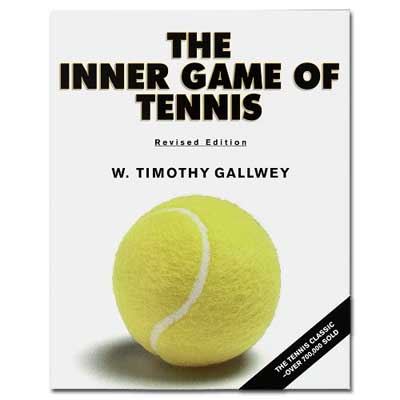Following on from last year’s notes on books read in 2018, here are my notes for 2019. Again, these are not reviews, more notes on things I found interesting in them, or capsule summaries. This year I’ve categorised them into General Interest, The History of Technological Change, and Other.
I already wrote longer posts on two management books I read: Turn the Ship Around, and The Toyota Way, so won’t go over those again here.
General Interest
Debt: The First 5,000 Years,
by David Graeber
One of those books, like Sapiens, that spans the whole of recorded history to give you a fresh way of looking at the world. It’s also pretty iconoclastic, challenging a significant chunk of mainstream economics.
For example, it points out that the standard explanation of the origin of money (that it replaced barter with a means of exchange) is dismissed pretty handily by pointing out that there’s no evidence for it. Instead, barter is a rare and painful process when it is observed by anthropologists. It frequently involves lengthy rituals to build trust before the exchange takes place, and violence when it doesn’t work out as planned. If it comes up at all, it’s when systems of money have broken down, such as 90s Russia, or prison currency of cigarettes or tins of tuna.
In fact, this book argues, debt came first, and was part of the fabric of everyday existence deep within the human psyche. And that’s obvious, when you think about it. It is odd not to mentally keep score of what other parties have done for us, and want to return the favour. It’s also odd to keep very close track of what our closest friends and family have done for us. There’s an innate communism at the heart of society, and we are not rational actors always thinking about our own benefit vs cost all the time.
The book lost me halfway through as it went deep into the of debt as a profound part of human nature, linking the concept of debt to the history of religion and human sacrifice. The book soon recovered and had hundreds of interesting nuggets of information, such as:
- Americans are the least sympathetic to personal debtors, which is odd, since it was largely settled by absconding debtors. In colonial days, a debtor’s ear was nailed to a post, and in 2010 a judge sentenced a Kenney, Illinois man to ‘indefinite incarceration’ for having a 300USD lumber yard debt
- The invention of credit appears to have preceded the creation of money, eg on Mesopotamian Cuneiform and Egyptian heiroglyphics
- The Sumerians invented modern accountancy (among other things, like the 24-hour day)
- The Bank of England was founded under Henry II on the issuance of a loan that could never be repaid, and indeed still hasn’t
- Santa Claus is the patron saint of children… and theives
- In the ten commandments, ‘Coveting your neighbours wife’ was about getting her to be your slave, not your mistress
A History of the World in 100 Objects,
by Neil McGregor
This is a great book to read if you’re busy, as each object is described in an interesting mini-essay about 100 man-made objects spanning 2 million years of human history. The oldest object is a stone chopping tool found in Oldwai Gorge, Tanzania, a squarish block about the size to fit a fist.
Other highlights:
- The first cities came to be in about 3000 BC in Mesopotamia, the most famous being Ur in Sumer
- The Indus valley civilization rose and fell 2500-2000 BC, and had grid layout cities, sanitation systems and home plumbing
- Jade was more precious than gold in Chinese and central American civilizations
- The story of the Flood (ie the same story as Noah) was found on a clay tablet now in the British Museum dating from between 700-600 BC by George Smith 12 years before The Origin of Species was published. Must have been a hard time to be a thinking Christian
- Ozymandias is the same historical figure as Rameses II. Napoleon’s men tried to remove the statue, but couldn’t. When it was finally moved it was considered a great technical achievement – 3000 years after it was moved there
- Zoroaster was the first prophet to teach that the universe was a battleground between good and evil, around 1000 BC
- The face of Christ was not represented until 300 AD
- The first state structure of South America seems to have been undone around 600 AD… by climate change
- Every day 3000 euros are thrown into the Trevi fountain
- It’s estimated that at one point 3 million kg of tea per year was smuggled into Britain yearly, vs 2 million kg legally
- Kerosene consumes 20% of rural African income, and causes 3 million deaths a year, mostly to women through cooking fumes. This is one of the reasons getting solar panels to rural Africa in an economic way might be hugely beneficial
Factfulness, by Hans Rosling
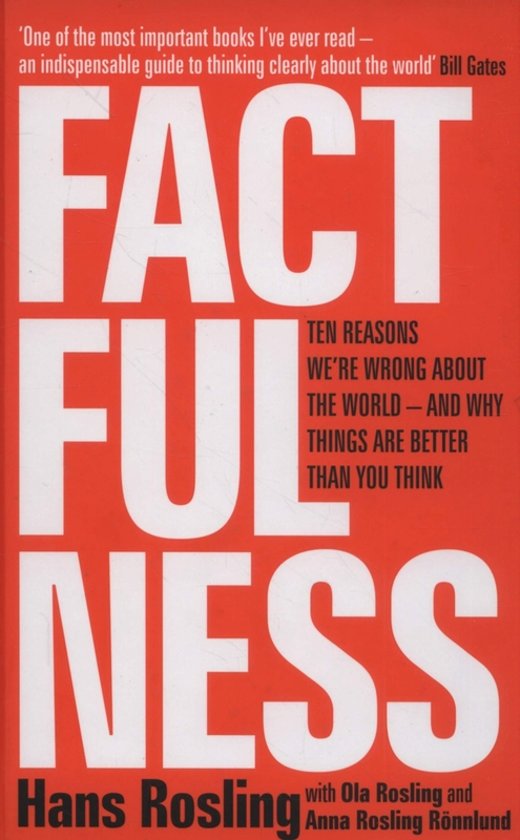
A paean to progress, this widely celebrated book helpfully reminds us that despite all the bad news we hear, human progress quietly continues to improve our lot.
On a more practical level, it reminds us that the idea of the ‘them and us’ ‘Third World’ that we Generation Xers and Boomers were raised on is becoming increasingly anachronistic as the economies and cultures develop. Rosling uses child mortality as a proxy for these developments: if a society can afford to allocate its resources to reducing these deaths, then they are likely to have better education, spare capacity, an infrastructure to support decent healthcare, and so on.
As an example of how much things have changed, Rosling reminds us that 30-40 million people died in China in 1960 due to the Great Leap Forward’s famine. And very few in the west knew anything about this. He invited us to imagine how easily that could happen now, given modern communications.
You can play with the figures yourself at gapmider.org.
First Man, by James Hansen
The 50th anniversary of the moon landings in 2019 meant that it was hard not to learn something about Neil Armstrong. This book told me a few things I had not heard elsewhere, like that he was expected to make an ‘average pilot’ in his naval aviation evaluation in 1949:
Student obviously knew all work and was able to fly most of it average to above.
Naval aviation evaluation of Neil Armstrong, 1949
Towards last of period he got so nervous it began to show up in his work. Should
be able to continue on in program and make an average pilot.
That should give hope to any of us that have been deemed of average potential in any field.
I also learned that Armstrong was so averse to debt that he refused to take up a loan to renovate his house, so his wife complained about the seven-year delay.
The geek in me was intrigued to learn that the Gemini Program (which preceded the Apollo space program) used a computer that had 159744 bits of information (less than 20k).
And if you’ve had a bad day at work, spare a thought for those working on the Russian Luna project. While Apollo 11 was taking people to the moon, the unmanned Luna 15 was also on its way there – the US and USSR space agencies had to check they wouldn’t interfere with one another. Luna 15 crashed into the moon on July 21, the day after the lunar module landed.
The Death and Life of American Cities,
by Jane Jacobs
The history of architecture has long been an interest of mine, so after reading Scale last year I was reminded to look up this 1961 book about the effects of ‘rational’ city planning in the US. It’s probably the most influential book on town planning, as it quietly overturned all the modernist assumptions about the effects of rationalist town planning on its inhabitants.
It emphasised the importance of diversity of occupancy and usage in helping keep an area safe. If locals use, say, a park for a variety of reasons throughout the day, then it will be less dangerous as it will be ‘self-policed’ by its users. If a shared space is avoided because it is dark, obscured, or unpleasant, then it will
Such ideas were anathema to the modernist architect, who thought that an isolated square of grass beneath a tower block should be enough to keep thousands of inhabitants happy.
After a stimulating opening, I found the book itself quite a dull read, and gave up halfway through, as the points it made were re-iterated in later chapters. A good summary is available here.
Thinking in Systems,
by Donella Meadows

While on the subject of complex, organic systems, I moved onto this book. Considered a classic in its field, it’s a mind-expanding book that describes how to think about systems both simple and complex in the abstract. Once you read it, you might find that you apply systems thinking to almost everything.
It starts with one of the simplest of systems: a bathtub. A bathtub has flows of inputs (the tap), and outputs (the plug), and stock (the water in the tub). You can’t change the stock immediately, but must wait for the levels to change in response to the changes in flows.
Once you’ve grasped these basics, Meadows demonstrates how the way we think about these elements can lead us astray. Economists again come in for a hard time, as Meadows critiques their tendency to focus on easily-measurable and manipulable flows such as inputs and outputs (Interest rates, GDP etc) more than stocks (level of education, or the state of infrastructure). They’re also pilloried for assuming that actors in a system can immediately respond to changes in levels (prices, stocks), whereas in reality consumption and production lags these changes.
These lags and difficulty in observation, along with the number of flows that can affect stocks in a system mean that systems can become very complex indeed. This complexity – and the resultant skill required to get results needed – will be familiar to anyone that tries to manage any group of people or system of complexity. Think about, say, managing a football team, and how difficult that is, as money invested in your junior team (inputs) may result in benefits (outputs/wins) years or decades from now.
I particularly liked this quote:
I have come up with no quick or easy formulas for finding leverage points in complex and dynamic systems. Give me a few months or years and I’ll figure it out. And I know from bitter experience that, because they are so counter-intuitive,
Meadows, Thinking in Systems
when I do discover a system’s leverage points, hardly anyone will believe me.
Learn Bash the Hard Way
Learn Git the Hard Way
Learn Terraform the Hard Way

Get 39% off Docker in Practice with the code: 39miell2
Never Split the Difference,
by Chris Voss
Written by a former FBI hostage negotiator, this is an entertaining riposte to the standard theory you might read about negotiation in an MBA. He rejects all the ‘give a little, take a little’ stuff, and instead focuses on exploiting human biases and weaknesses to get the outcome you want.
Despite Voss’s experience coming from life-or-death negotiations, he relates it well to everyday situations. In fact, I immediately used some of the techniques to help persuade my daughter to take reading more seriously (‘What do you think we’re trying to achieve by encouraging you to read?’). I’m not going to claim it’s changed my (or her) life, but it’s certainly resulted in more productive exchanges than I had previously had.
Particularly useful is the simple advice to keep asking what Voss calls ‘calibrated questions’ that begin with ‘What’ or ‘How’ in order to put the onus on the other side to help solve the problem. The starkest example is given at the beginning of the book. When told: ‘Give us a million dollars or we’ll kill your son’, rather than saying ‘No’, he says, ‘How am I supposed to do that?’. This makes the demand the hostage-takers problem, and sets up the conversation for a genuine negotiation, while buying time and gathering more information about the situation from the antagonist’s responses.
Other advice includes:
- Use a ‘late-night DJ voice’ to keep the conversation calm
- Start with ‘I’m sorry’. It always works, is free, and makes them more likely to help you
- Name / label their feelings ‘You probably think I’m an asshole’, they will open up and calm further
- Mirror their words, then wait. They’ll keep talking
- When getting their agreement, make them articulate the implementation. This makes it more likely the outcome agreed will happen
The Culture Code,
by Daniel Coyle
An stimulating pop science book about how effective teams work together, The Culture Code gives plenty of anecdotal information about what leaders do to make groups tick along.
I was especially struck by this quote from a Navy SEAL:
When we talk about courage, we think it’s going against an enemy with a machine gun. The real courage is seeing the truth and speaking the truth to each other. People never want to be the person who says ‘what’s really going on here?’ But inside the squadron, that is the culture and that’s why we’re successful.
This is exactly the kind of language used to describe a productive therapy group.
Some other titbits:
- Thinking about your ancestors makes you perform better in intelligence tests. We don’t know why, but suspect it’s because it makes you feel part of a group
- If you physically move more than 8 meters away from people at work, then interactions drop exponentially
- A hospital sending a postcard to people that attempted suicide asking them to drop the hospital a line to tell them how they are doing reduced readmittance rates by half
- The brain defaults to intensive thinking about social groups when there’s nothing else to think about
Measurable factors in team performance:
- People talk in roughly equal measure, and contributions are short
- High levels of eye contact, and energy in conversation
- Communication is between members, not just with the leader
- Back-channel or side conversations take place within the team
- Team members take periodic breaks to go outside the team, bringing back information they share with others
Ideas for action to improve group health:
- Name and rank priorities
- Be 10 times as clear as you can be about priorities as you think you should be
- Figure out where the team needs proficiency and where it needs creativity
- Embrace catchphrases
- Measure what really matters
All this resonated very strongly with what I read in Turn the Ship Around.
The History of Technological Change
The Master Switch,
by Tim Wu
This book looks at the rise and fall of various ‘information empires’, from the telegraph to the modern media conglomerate.
It’s a good read, especially on the incidental details of these histories:
- Many people know that when Bell first transmitted speech over an electric wire, he said ‘Watson, come here. I want you.’ Less often reported in the US is that he followed it up with ‘God save the Queen!’
- Magnetic recording was invented by Bell Labs in the 1930s, along with the answering machine, which was then suppressed because it was seen as a threat to the core business
- The ‘Hush-a-Phone‘ was a popular invention that resulted in lawsuits from Bell demanding that its monopoly on devices to do with the telephone was retained. The inventor, Harry Tuttle eventually won on appeal, and this was a turning point in the monopoly battle against Bell. Tuttle was remembered as Robert de Niro’s character’s name in the film Brazil
- The US was massively behind in TV technology for a long time because key inventions were ignored or effectively suppressed by the large radio networks
- The inventor of television, John Logie Baird, was ruined by the Crystal Palace fire, and returned to solo invention in 1936. He developed a prototype of high-definition TV which wouldn’t reach the public until the 21st century
- A staggering 83% of US households watched Elvis’ appearance on the Ed Sullivan show. This is still the most powerful centralised information system in human history
- Why are super heroes all over the cinema these days? Because a distinctive character can be licensed as intellectual property, where a story can not. The films are adverts for licensed products
Reading this book got me thinking about technological change going back further in time…
The second group of books I read in 2019 revolved around the history of technological change. The last couple of centuries have seen many significant societal changes as a result of technological and engineering innovation, but I’ve long wondered about the nature of changes before that, and how long those changes took to spread.
The Medieval Machine,
by Jean Gimpel
As is so often the case with a powerful history book, the biggest surprise reading this was how contemporary historical concerns seem.
I didn’t know, for example, that deforestation was a serious problem in medieval Europe. At Douai in the 13th century, wood was so scarce that people rented coffins, and the undertaker would retrieve coffins after burial. In England, hunting grounds were protected (not for ecological reasons, but for the enjoyment of the aristocracy) in the much-hated forest law.
Population growth in the period 1150-1250 was a significant driver of historical change, at a staggering 20%, and setting the scene for the flowering of knowledge in the renaissance.
Even a throwaway quote from a medieval doctor in 1267 reminded me of today’s plethora of Javascript software frameworks, and the feeling that scientific development is going on at an ever-faster pace: ‘Every day a new instrument and a new method is invented’.
The Medieval Machine makes the argument that the story told by renaissance thinkers that technological development was static in the dark ages is mostly propaganda, and underneath that ill-documented period, change was pervasive. Interestingly, innovation both scientific and intellectual was powered by the monasteries. Cistercian monasteries developed water power, the book making the argument that their philosophy of order and structure was a precursor of Henry Ford’s factory model.
The spread of the water mill drove other kinds of innovation. Because they were capital-intensive, the first corporations were created to share the cost of ownership and maintenance. The oldest, the Societe des Moulins du Bazacle lasted over 700 years until its nationalisation in the 20th century.
Animal power also increased dramatically as an inventions as simple as the harness and the horseshow increased the amount a horse could pull from 500kg in the time of the Roman Empire to a staggering 6,400kg. Since the vast majority of human endeavour before 1700 was related to tillage and haulage, this was a huge leap forward.
The availability of more energy resulted in more production – more stone was quarried in France between the 11th and 13th centuries than in the whole history of Ancient Egypt.
More energy also meant more time to devote to intellectual pursuits, and a boom in the translation of ancient texts in the 12th and 13th centuries led to a ‘translation boom’ which laid the foundations of modern science and humanist learning.
One might wonder whether this sweeping historical perspective gave Gimpel a greater ability to divine the future. Unfortunately, it did not, as Gimpel wrote in the introduction:
No more fundamental innovations are likely to be introduced to change the structure of our society… we have reached a technological plateau.
The Medieval Machine (Gimpel, 1976), p. xi
This was written just as the internet was being invented…
Medieval Technology and Social Change,
by Lynn Townsend

Similar in subject matter to The Medieval Machine, Townsend’s book covers a much longer span of history, looking at technological developments going back to ancient times.
Strikingly, she argues that the invention of the stirrup heralded a new age in the 8th century, going so far as to reason that the Battle of Hastings was lost by the side with the greater numbers because the more numerous native English didn’t understand the significance of the stirrup. It was 7th century warfare fighting 11th century warfare.
Townsend also argues that the effects of something as simple but revolutionary as the plough can be seen today in the ‘two cultures’ of North and South in France, resulting from the differences between scratch ploughing in the South and the heavy ploughing of the Northern soil.
Other fascinating tit-bits:
- In Roman times the overland haulage of goods doubled the price every hundred miles. Water was therefore the key to trade. In the 13th century the cost increased 30% per hundred miles
- The architect of Hagia Sophia (built in the 7th century), Anthemius of Tralles, terrified his bothersome neighbour Zeno by simulating an earthquake using steam pressure
- The Greeks invented the cam, but the first crank appeared in Europe as late as the first half of the 9th century
- The Chinese used magnetized needles for navigation in 1122
Machines may be made by which the largest ships, with only one man steering them, will be moved faster than if they were filled with rowers, wagons may be built which will move with incredible speed and without the aid of beasts, flying machines will be constructed in which a man … may beat the air with wings like a bird … machines will make it possible to go to the bottom of seas and rivers.
Peter of Maricour, ca. 1260
Technological Revolutions and Financial Capital, by Carlota Perez

Going back to the Industrial Revolution rather than Ancient Greece, Perez’s book argues for the utility of a schema for understanding history that revolves around technological advancement and its relationship with financial capital.
She posits that history since the industrial revolution can be divided into five phases:
- Industrial Revolution (1771-1829)
- Age of Steam and Railways (1829-1875)
- Age of Steel, Electricity and Heavy Engineering (1875-1908)
- Age of Oil, Automobile and Mass Production (1908-1971)
- Age of Information and Telecoms (1971-20?)
Each of these phases has a structure:
- Big bang (invention, eg microprocessor in 1971)
- Irruption (growth of technology and its complements, eg 1971-1987)
- Frenzy (markets go crazy for it, eg 1987-2001)
- Turning point (return to realistic growth through crash, 2001-2008?)
- Synergy (business and investment moves towards the new technology, 2008?-2020?)
- Maturity (technology fully absorbed into society, 2020?-2040?)
The book was written around the turn of the millennium, so the question marks are my guesses as to what the dates should be since then. For all I know another large crash is around the corner, and the turning point could last two decades (Perez argues for a 14-year turning point between 1929 and 1943, and a 2 year turning point between 1848 and 1850).
It makes for a riveting read, and some passages seemed to be very prescient. For example, when Perez says:
‘One of the features of the current surge is the importance of innovations as creations of value and the ease with which changes can be introduced in production, due to flexible equipment and organisations.
Technological Revolutions and Financial Capital, Perez, p.136
I couldn’t help but think about the software industry’s obsession with agile methodologies over more mass-production-oriented waterfall ones.
it’s certainly an interesting thesis, but how ‘true’ it is intended to be taken by the author is unclear. She hedges around the subject, but seems to argue that it’s a useful schema for analysis rather than anything fundamental about the economies of the world. Certainly, the eras overlap, and there’s differences in the cycles seen in the different parts of the world (Japan had its crack-up boom in the 1980s, exactly at the opposite end of the cycle to the west’s around the turn of the millennium).
What to make of all this noise, and the potential arbitrariness of the technologies isn’t obvious. Is the microprocessor really the centre of technological change since the 70s? Isn’t the microprocessor an iteration on the transistor, which was invented much before, and isn’t the internet the real agent of change in the world economy? How can we tell?
Regarding the details of each phase, the S-shaped curves seem to me to be the same the curves in all descriptions of change in history: surge as people jump on a valuable to new idea, crack-up boom, crash, and return to normal. In other words: what goes up must come down.
All that said, I’ll be returning to this book a lot in the future, as its schema is a very useful map of global change that makes interpreting events more tractable, and seems as good as any other I’ve seen.
The Innovators’ Dilemma,
by Clayton Christensen
This is a standard work on business change I’d been hearing about for years.
At root its argument is pretty simple: companies develop and expertise within a paradigm that comes to define them, and they fail to develop new products or services outside that paradigm. Eventually they get overtaken by companies who develop products in adjacent spaces that – due to technical improvements in price or features – eventually move into their territory.
The principal reason for this failure to compete is that profits are more easily found in the near term by making minor improvements to existing products than developing orthogonal ones that may undermine their principal revenue streams. The lower risk and greater reward means that managers avoid these opportunities, and the companies miss their window to capture the new market.
Simply developing new product lines is not guaranteed to work even if supported by the leadership, as it may be developed too early for the market, cost too much to be profitable for too long. This isn’t just theory, Christensen gives real-world examples of companies from the burgeoning disk drive industry in the last decades that developed smaller drives too early, or failed to market them well enough because their existing customers were not interested, and new customers not effectively sought.
Christensen suggests some ways to fight this failure mode:
- Accept failures on different dimensions in different contexts
- A mature product line needs to succeed on profit and features
- A new product line needs to capture market share and market effectively to new customers
- Accept your company has a more context-specific set of capabilities than you realise
- Developing capabilities in other areas will seem more expensive than those in the areas you are already competent
- Accept that the information you might want in order to make decisive moves in new areas may not be available to you
- You may have to make relatively small bets on new markets to hedge your position
- Avoid positioning your organisation as always leading or always following
Other
Body by Science,
by McGuff and Little
I’m about as far from being a body-builder as can be, but I found this often-recommended book interesting on the science of fitness. It’s most famous for making the argument that short intense bursts of activity are more effective for improving fitness than marathons or endless jogging (steady-state activity) that can simply add stress to the body, shortening life.
It also emphasises the importance of rest periods. A thing I learned from this was that ‘fast twitch’ muscles refer to the speed of fatigue, not the speed of response. They can take a very long time to recover. Sprinters exercise extremely high twitch muscles that take a very long time to recover, so if they rest before a race they are more likely to break records.
The Inner Game of Tennis,
by Timothy Gallwey
Another often-recommended book I finally got around to reading this year. I didn’t get a great deal out of it. In many ways it’s similar to Thinking Fast and Slow, in that it posits two personas, the conscious and the unconscious.
As a tennis teacher, Gallwey found it more effective to work on the unconscious player than the conscious one by simply getting the player to carefully watch good examples, then watch themselves trying to perform the same actions. Eventually, he argued, the unconscious mind caught up and the player improves without conscious effort. By contrast, telling yourself to follow a complex sequence of steps can result in choking. By analogy, a child doesn’t learn to walk consciously, and when an adult thinks about how to walk it all falls apart.
He derides ‘positive thinking’ as merely the flip side of negative thinking, ie buying into the notion that physical movements can be consciously controlled.
If you accept the basic premise of the book, then there’s not a great deal more to learn here, but Gallwey’s anecdotes and life story are well told and diverting.
The Charisma Myth,
by Olivia Fox

As appalling as this book sounds (‘HOW ANYONE CAN MASTER THE ART OF PERSONAL MAGNETISM’), it’s actually a pretty practical guide as to how to behave in order to get people not to hate you. It reminded me of Getting Things Done in that seems to have been written by someone with field experience of helping ordinary people in this respect.
It goes beyond the basic tips at the start (keep your voice low at the end of sentences; nod slowly; wait two seconds before speaking) to more therapy-like advice about managing your own thoughts, and discussion of how this can affect you and others negatively.
I don’t think it will turn you into Will Smith or Bill Clinton, but it certainly might be helpful in managing your own emotions and reflecting on how you come across to others.
Learn Bash the Hard Way
Learn Git the Hard Way
Learn Terraform the Hard Way

Get 39% off Docker in Practice with the code: 39miell2

